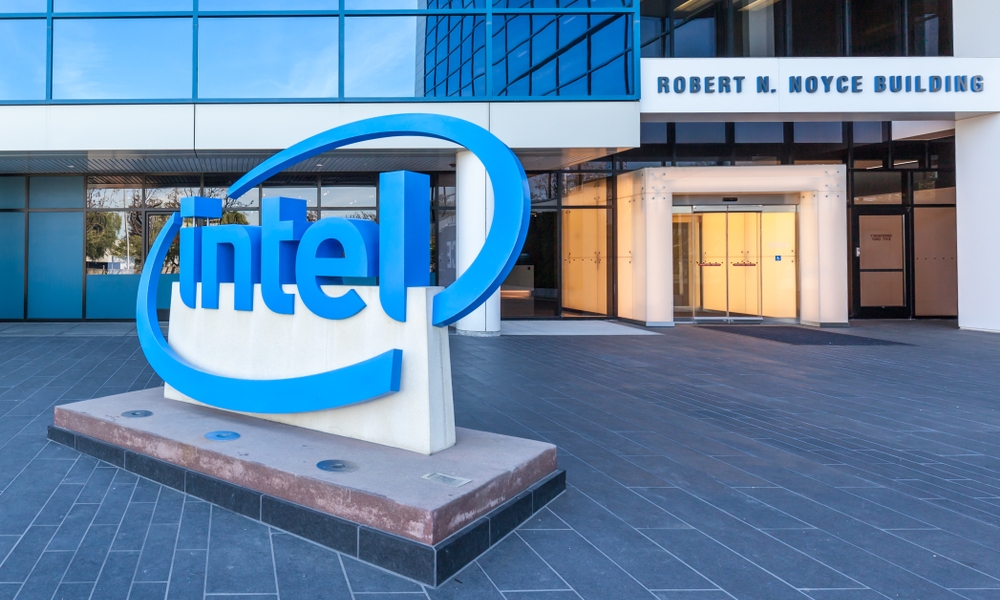
Although Apple’s new M1 chips are now light years ahead of Intel’s, it turns out that Apple may have had reasons to move into its own first-party chips beyond simply offering better performance.
Apple has enjoyed a fairly tight relationship with Intel since making the transition from PowerPC in its Macs over to the Intel architecture back in 2006, with the chipmaker frequently developing specialized variants of its flagship chips exclusively for Apple’s MacBooks and desktop iMacs, but it also seems that this partnership came with a downside, as a recent interview with a former Intel engineer reveals.
Long-time Apple analyst and Loup Ventures co-founder Gene Munster recently had a virtual sit-down with ex-Intel engineer Zheng Li where they discussed the importance of the M1 chip for Apple’s long-term plans.
While Zheng and Munster began by outlining the history of Intel, explaining how they essentially pioneered modern chip design and also took a “geeky” component of a computer — the CPU inside that almost nobody ever thinks about — and turned it into a household name,
Zheng was one of the engineers at Intel who worked with Apple to build a custom fabricated CPU for the original 2006 MacBook Air — Apple’s first ultra-slim laptop — although he notes that the project was so secretive that nobody at Intel who was designing the actual chip had any idea what they were building it for until they saw Steve Jobs famously pull it out of a manila envelope on stage at Macworld 2008.
According to Zheng, Intel knew that Apple was the leader in consumer design, and was eager to work with the company, despite Apple’s classic penchant for secrecy. Apple simply came to Intel asking for “something proprietary” to meet some specs it had laid out, saying it wanted to “push the envelope” of technology, but declining to provide any information on what the chip was ultimately going to go into.
In fact, the design team at Intel that was tasked to work with Apple was compartmentalized and given exclusive access to a specific top secret website that had the design specs, with strict instructions not to share those details outside of the core team.
As Zheng notes, the main thing that Apple was pushing was the form factor — it wanted a chip that was as thing as possible that could still deliver the same performance. It took about a year to design and fabricate the chip and hand it over to Apple to test, but again nobody on the engineering team was ever given any insight at all as to what the chip was going to be used for.
The Dark Side of the Deal
Unfortunately, as Zheng goes on to explain, the deal with Intel had a pretty big catch in that whatever contract existed between the two companies for custom chip designs, the technology wasn’t ultimately being created exclusively for Apple.
While Intel may have been contractually prohibited from selling the exact same chip to Apple’s competitors, Apple couldn’t exactly wipe the memories of the Intel engineers who had worked on the new designs, and therefore Intel was free to use that design expertise to offer the same types of chips to other Windows PC makers like Dell and HP.
When I worked at Intel we designed the MacBook CPU and Apple would be the first to launch the product, and they would get original market share lead, but what happened is that six months into the design, Intel would then go around to Dell and HP and shop this proprietary new low-form factor design to Apple’s competitors.
Zheng Li, former Intel engineer
This is why most of Apple’s Mac innovations soon saw themselves copied by other manufacturers. The original MacBook Air was absolutely revolutionary in terms of the power that it offered in such an incredibly slim form factor, but a year later, both Dell and HP came out with PCs that had the same advantages, and the era of “ultrabooks” was born.
To be clear, Intel wasn’t doing anything wrong here — its team had been contracted to develop the chips in question, and Apple had to pretty much expect this was going to happen, so the best the MacBook maker could hope for was a 6–12 month lead before competitors would be able to match its hardware accomplishments.
Of course, moving to the M1 changes that game entirely, and Apple has pulled into such a massive lead with its new in-house chip technology that Intel’s current engineers must have their heads spinning right now just trying to figure out how they’re going to catch up.
As Zheng notes, with the M1 chip, Apple now controls all of the pieces, allowing it to create new powerful yet proprietary hardware form factors that nobody else will have access to without putting in considerably more effort — work that Apple won’t have already been paying them to do.
In fact, Apple’s new M1 MacBook Air is already just the first taste of this kind of innovation — the first light yet ultra-powerful laptop that offers twice the battery life of anything else on the market and doesn’t even need a fan — and it’s not only fairly certain that Apple has even cooler things up its sleeves, but that the ability for the M-series chips to now completely distinguish Macs from their Intel rivals will likely result in even more market share for Apple as its newer Macs continue to run circles around Intel’s chips.
The Link LonkDecember 23, 2020 at 09:00PM
https://ift.tt/2Je6Jac
Former Intel Engineer Reveals How the Chipmaker Sold Custom MacBook Chip Designs to Apple’s Competitors - iDrop News
https://ift.tt/2RGyUAH
Chips

No comments:
Post a Comment